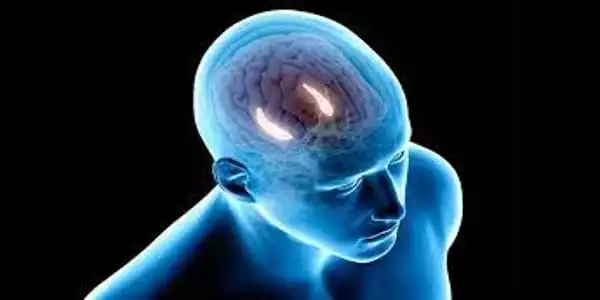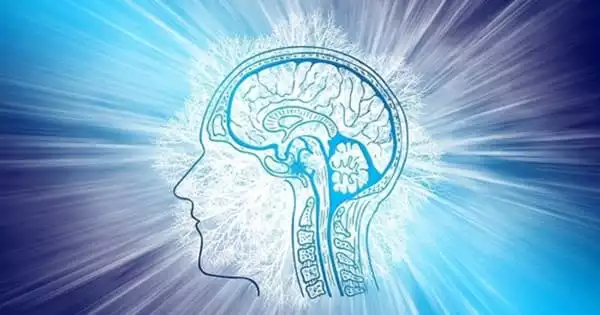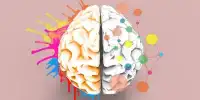When you meet a familiar face, a number of things happen in your brain really quickly. The visual image is converted into electrical impulses by your brain. The impulses serve as the foundation for searching encoded memories. If no matches are identified, a memory is formed. In the instance of a familiar face, visual memories are found and activated because their chemical encoding corresponds to the impulses on which the memory encoding was based. You’ll notice a familiar face at this moment.
Researchers have discovered new information regarding how the memory-related part of the brain is activated when the eyes come to rest on a face rather than another item or image.
Researchers from Cedars-Sinai discovered new information about how the area of the brain responsible for remembering is activated when the eyes come to rest on a face rather than another item or image in a study headed by Cedars-Sinai. Their findings, which were published in the peer-reviewed journal Science Advances, contribute to scientific understanding of how memory works and provide evidence for a possible therapy target for memory impairments.
While vision appears to be continuous, humans move their eyes three to four times each second from one distinct point to another. Researchers discovered that when the eyes land on a face, specific cells in the amygdala, a region of the brain that handles social information, react and initiate memory-making activity.
Studies in primates have revealed that theta waves repeat or reset whenever they make an eye movement. In this study, we show that this also occurs in humans, and that it is especially strong when we gaze at other people’s faces.
Juri Minxha
“You could easily argue that faces are one of the most important items we look at,” said Ueli Rutishauser, PhD, senior author of the study and director of Cedars-Center Sinai’s for Neural Science and Medicine. “We make a number of really important judgements based on looking at people’s expressions, such as whether we trust them, whether they are happy or furious, or whether we have seen them previously.”
The researchers conducted their studies on 13 epilepsy patients who had electrodes implanted in their brains to help detect the focal point of their episodes. The electrodes also enabled researchers to monitor the activity of individual neurons in the patients’ brains. While doing so, the researchers used a camera to track the position of the subjects’ eyes to detect where on the screen they were looking.
Theta wave activity of study participants was also recorded by the researchers. Theta waves, a type of electrical brain wave, are produced in the hippocampus and play an important role in information processing and memory formation.
The researchers first exhibited groups of photos to study participants, which featured human and primate faces as well as other items such as flowers, vehicles, and geometric patterns. They next showed participants a sequence of photos of human faces, some of which they had seen in the previous session, and asked if they recalled them.

The researchers discovered that when participants’ gaze were poised to fall on a human face – but not on any other form of image – particular amygdala cells ignited. The pattern of theta waves in the hippocampus was reset or restarted every time these “facial cells” activated.
“We believe this is a reflection of the amygdala preparing the hippocampus to accept new socially relevant information that will be crucial to retain,” said Rutishauser, a professor of Neurosurgery and Biomedical Sciences and the Board of Governors Chair in Neurosciences.
“Studies in primates have revealed that theta waves repeat or reset whenever they make an eye movement,” said Juri Minxha, PhD, a postdoctoral scholar in neurosurgery at Cedars-Sinai and the study’s co-first author. “In this study, we show that this also occurs in humans, and that it is especially strong when we gaze at other people’s faces.”
Importantly, the researchers demonstrated that the faster a subject’s face cells fired while their gaze was locked on a face, the more likely the individual was to remember that face. When a subject’s face cells fired slower, the face they were fixated on was more likely to be forgotten.
When subjects were presented faces they had seen before, their face cells fired more slowly, indicating that those faces were already stored in memory and the hippocampus didn’t need to be triggered.
These findings, according to Rutishauser, show that persons who fail to remember faces may have an amygdala dysfunction, noting that this type of dysfunction has been linked to illnesses connected to social cognition, such as autism. According to Rutishauser, the findings also show the importance of both eye movements and theta waves in the memory process.
“If theta waves are weak in the brain, this mechanism activated by the amygdala in response to faces may not occur,” Rutishauser explained. “As a result, restoring theta waves could be a viable therapy target.”















